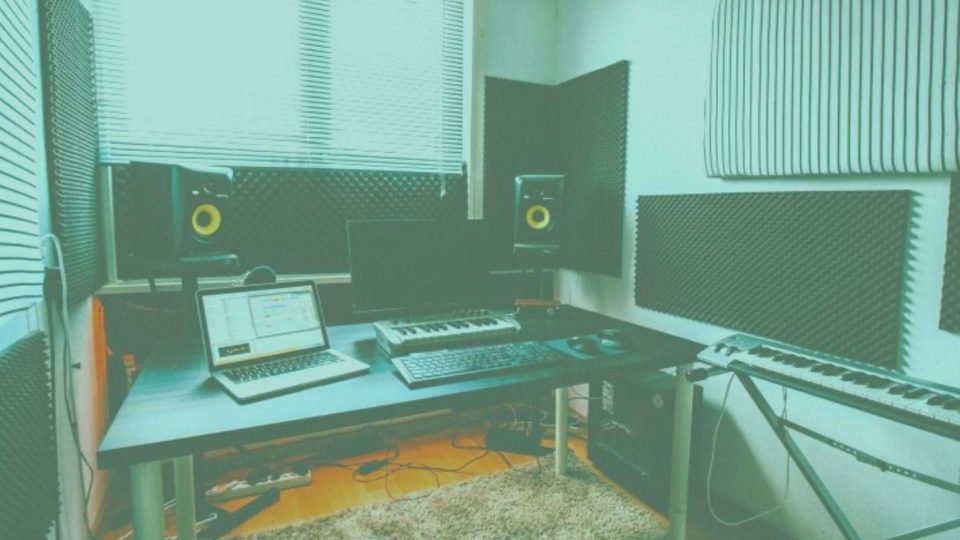Home Studio Acoustic Treatment Guide: What is Acoustic Treatment?
Budding recording artists & producers all have one hoop they have to jump through, and that’s acoustic treatment. The power of acoustic treatment is heavily underestimated. People tend to think that a good microphone will do all the work, which is false. Room acoustics have much more to do with the quality of recording than you might think.
Welcome to our two-part series on acoustic treatment!
We’re going to tell you everything you need to know in order to understand what acoustic treatment is and why you need it, how to acoustically treat your room… as well as how to make your own acoustic treatment!
How Does Sound Travel?
The invisible waves that we call sound travel outwards in all directions away from their source. If you were to be singing into a microphone, only a small number of the soundwaves would travel in a straight line (direct sound) into the mic, while the rest travel beyond the mic.
The waves that travel beyond will randomly bounce off the walls of your room and some of those waves (known as reflected sound) will find their way back to the microphone by chance.
Not only this, sound will reflect back to your ears as you are listening to your monitors. In this scenario, you’d be listening to the direct sound from the monitors as well as reflected sound!
Difference Between Direct and Reflected Sound
Direct sound travels straight into your mic, so its frequency information remains pure and unaltered.
When reflected sound bounces off the walls of your room, its frequency content can change! The change can be slight or dramatic, but is usually bad in any case!
Why Does My Room Have Bad Acoustics?
Rooms that have good acoustics are those that have tall ceilings and internal structures that disrupt reflected sound such as cathedrals! This means that rooms with good acoustics require a lot of money and time… which most of us don’t have.
But what is acoustic treatment?
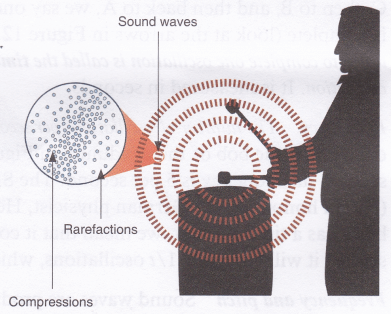
Difference Between Acoustic Treatment and Soundproofing
Acoustic treatment is about minimising the amount of sound that’s randomly bouncing off of your walls, while soundproofing is about minimising the amount of sound coming in and out of your room.
We can soundproof a room by blocking any sound entering or leaving the room with heavy building material, as well as sealing up any air gaps like windows and doors. It would be pretty great to be able to record anything as loud as we like without our neighbours getting mad… but this is also pretty expensive!
What Are Bass Traps, Absorbtion Panels and Diffusers?
To get the best acoustic result from your room, you need a combination of three things.
- Bass Traps
- Absorbtion Panels
- Diffusers
But you don’t need all three to get the job started and make your room sound better. Let’s investigate each one!
What Are Bass Traps?
Bass traps are often thought to only be effective at absorbing low frequencies, but this is not true!
Porous bass traps, the only bass traps that home studio producers should concern themselves with, can absorb low, mid and high frequencies and this makes them our first line of defence against reflected sound! They’re broadband absorbers, which means that porous traps can, sometimes, be enough to treat your room!
If you can only afford one of the three things we’re discussing, get a few porous bass traps!
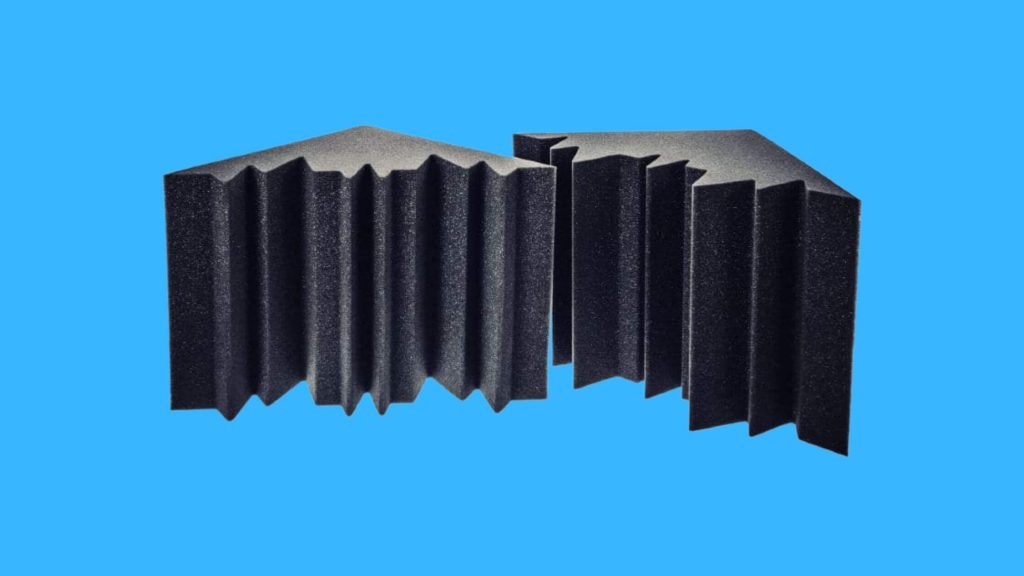
What Are Acoustic Panels?
Acoustic/absorption panels aren’t very good at absorbing lower frequencies, which is why you may find it better to have bass traps first!
Made of soft materials, like bass traps, absorption panels feature air pockets that prevent sound waves from bouncing back at you.
Therefore, acoustic panels should be a supplement to bass traps. Because they’re thinner, panels offer more surface area with less material. This allows them to cover more wall space which will absorb any standing waves that may be lingering between parallel walls.
Bass traps can’t do this as we place them in corners or meeting points between walls and the ceiling!
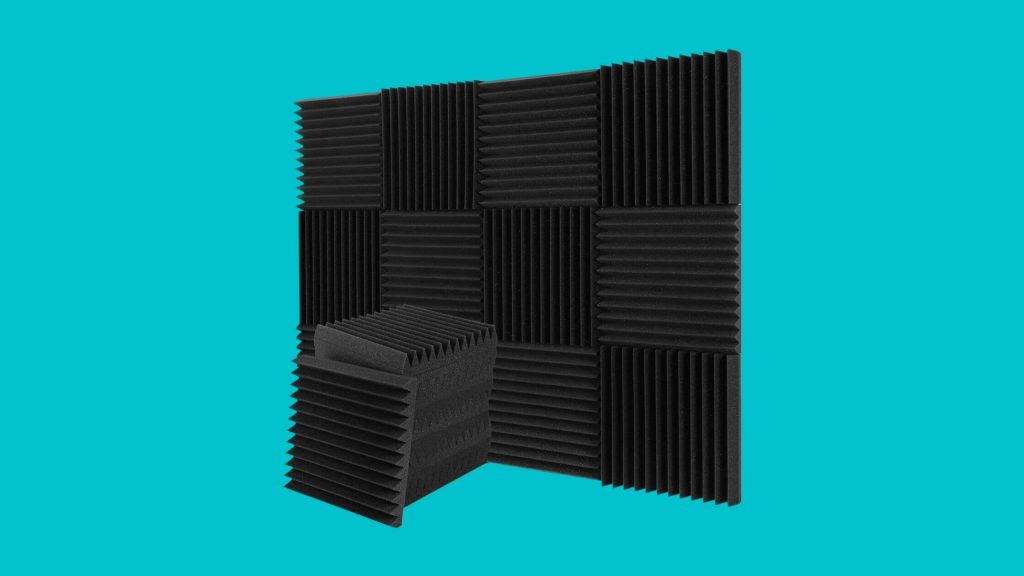
What Are Diffusers?
Diffusers should be the last thing on your list, if at all!
A sound diffuser allows for sound to reflect, only it has broken the sound up which prevents an echo!
Diffusers are a hot topic for debate. Some argue that they’re no longer useful due to the effectiveness of panels & bass traps, while others can’t get enough of them.
We’re not arguing whether they do or don’t work, but we do really recommend not featuring any in your studio before you have bass traps and panels!
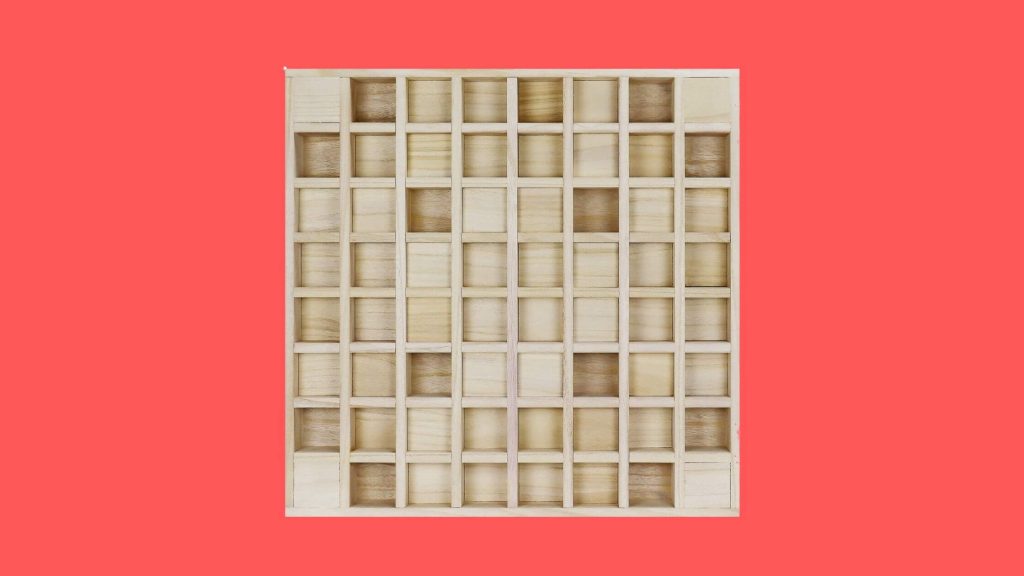
Now that you know what each of these tools does, I’m sure you want to get stuck in and find out how to set them up, right? Well, stay tuned! Our tutorial for setting up acoustic treatment is on its way!
A recording is only as good as the treatment of the room and microphone used – just like a song is only as good as the samples used!
Mixxed have thousands of samples for you to choose from, including vocals, drums and synth loops, for less than $3 a month!
Sign up today and give your music the samples it deserves!
